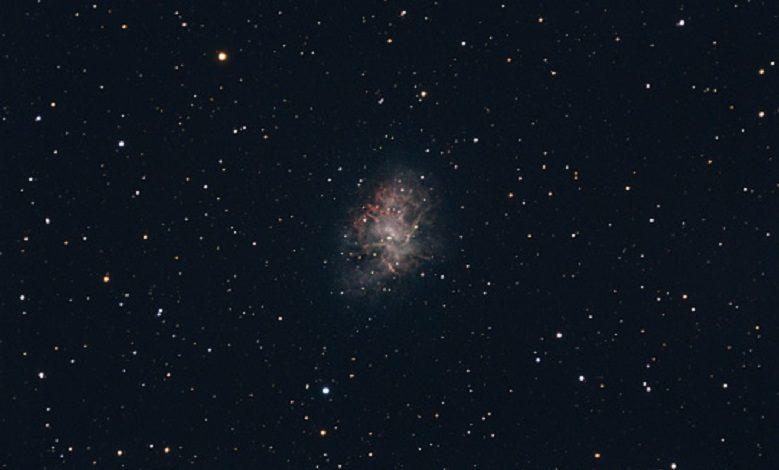Scientists find out why a famous star has darkened

The loss of brightness of the Betelgeuse star, which intrigued scientists, is about to be explained. The phenomenon is related to stellar spots of an extent never seen before.
A new hypothesis on the darkening of the Betelgeuse star has been advanced by researchers from the Max Planck Institute, reports the establishment in a press release.
Scientists previously believed that a cloud of dust, ejected by the star, had made it lose its luminosity. But the phenomenon actually comes from stellar spots, the study published in The Astrophysical Journal Letters reveals.
“The high-resolution images of Betelgeuse taken in December 2019 show areas of varying brightness. With our result, this is a clear indication of huge spots covering between 50 and 70% of the visible surface and having a temperature lower than the brighter photosphere,” explains Peter Scicluna, a researcher at the European Southern Observatory (ESO ), in the press release.
Huge stellar spots
Star spots are common on giant stars, such as Betelgeuse, but they have never been observed on such a scale.
The amount of these spots increases and decreases in a cycle of 11 years, if we refer to similar spots observed on our Sun. Scientists will now try to verify if this point cycle is true on Betelgeuse.
Betelgeuse is known to be one of the brightest stars in the sky, and it is 20 times more massive than the Sun and 1,000 times larger. It is a red supergiant, a star at the end of its life.
The fall in brightness to around 40% of its normal value between October 2019 and April 2020 had surprised scientists, some even speculating on an impending supernova.




